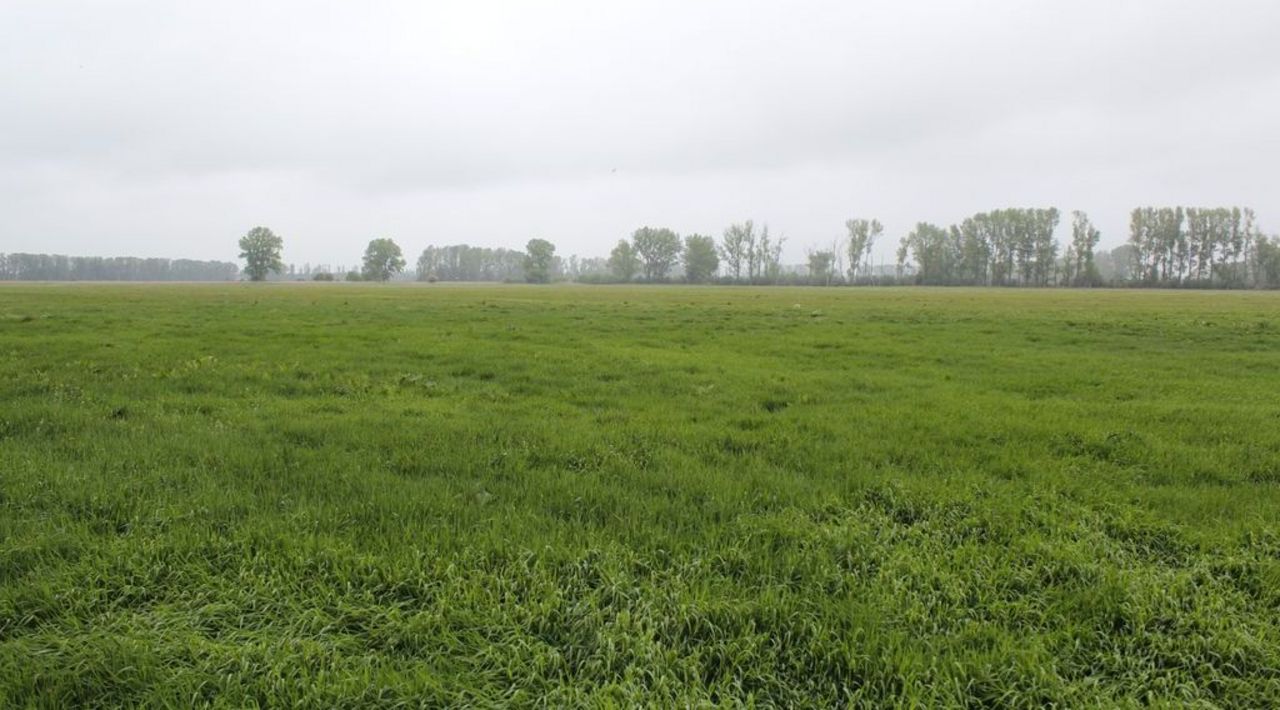Project
BEWAMO - An evaluation tool for the protection status of peatlands

BEWAMO - An evaluation tool for the protection status of peatlands
How worthy of protection are peatlands used for agriculture? Together with different partnering organisations, the Thünen Institute intends to develop a tool for authorities to assess the protection status of peatlands. The tool will also suggest agri-environmental protection measures for each category and methods for monitoring these measures.
Background and Objective
In Germany, peatlands used for agriculture are mainly used as grassland, but also as arable land. When used as grassland, the areas provide either the basis for animal feed or for energy use.
Conventional agriculture on peatlands requires drainage. Intensive drainage and the application of heavy machinery leads to soil damage and a decline in biodiversity.
Since the beginning of the 1990s, there has been discussion that peatlands used for agriculture and the organic soils associated with them lose soil fertility and thus efficient usability. In Germany today, large parts of peat soils on almost all sites can be classified as degraded.
Natural peatlands are a very efficient greenhouse gas sink. Compared to other ecosystems, they store the largest amounts of carbon (C) per hectare. But through drainage, peatlands become a source of greenhouse gases. According to national greenhouse gas reporting, more than 4 % of total greenhouse gas emissions in Germany originate from drained organic soils used for agriculture (UBA 2017). Consequently, for many years it has been demanded that peatland use and water management of organic soils be adapted. There is urgent need for action because climate-friendly use of peatlands has not yet been prescribed by law nor has it been extensively implemented on a voluntary basis with financial incentives.
The aim of the BEWAMO project is to develop a tool for assessing the protection status of peatlands used for agriculture. The main target group of the tool are authorities responsible for the protection of peatlands and the according water management.
The tool’s performance parameters include the following points:
- Classification of peat soils into different categories of protection status, depending on the amount of carbon stored in the soils and the potential carbon losses because of agricultural use.
- Suggestions for appropriate agri-environmental protection measures for the categories of protection status, taking into account economic limitations such as land use intensity.
- Provision of monitoring methods (remote sensing) of the peatlands´ hydrological conditions in order to ensure sustainable implementation of the agri-environmental protection measures.
Approach
Within the project network of partnering organisations, the Thünen Institute (Coordination Unit Climate) is responsible for the economic evaluation of land use alternatives on peatlands used for agriculture.
Evaluation focuses on the costs and benefits of the measures proposed for the different protection status categories. This includes the following steps:
- Farm surveys on peatland use and productivity in two research areas.
- Interviews with soil and water boards in two research areas, e. g., to assess the costs of drainage infrastructure.
- Farm level modelling in order to calculate economic effects of climate friendly peatland use and productivity.
- Stakeholder workshops with farmers and representatives of water management associations and nature conservation in order discuss and further develop the farm level calculations and the protection status evaluation tool.
Thünen-Contact

Involved Thünen-Partners
Involved external Thünen-Partners
-
Humboldt-Universität zu Berlin
(Berlin, Deutschland) - Christian-Albrechts-Universität zu Kiel
(Kiel, Deutschland) -
EFTAS Fernerkundung Technologietransfer GmbH
(Münster, Deutschland)
Funding Body
-
Federal Office for Agriculture and Food (BLE)
(national, öffentlich)
Duration
7.2018 - 12.2022
More Information
Project status:
finished

![[Translate to English:] Logo des Bundesministerium für Ernährung und Landwirtschaft](/media/allgemein/logos/BMEL_Logo.svg)